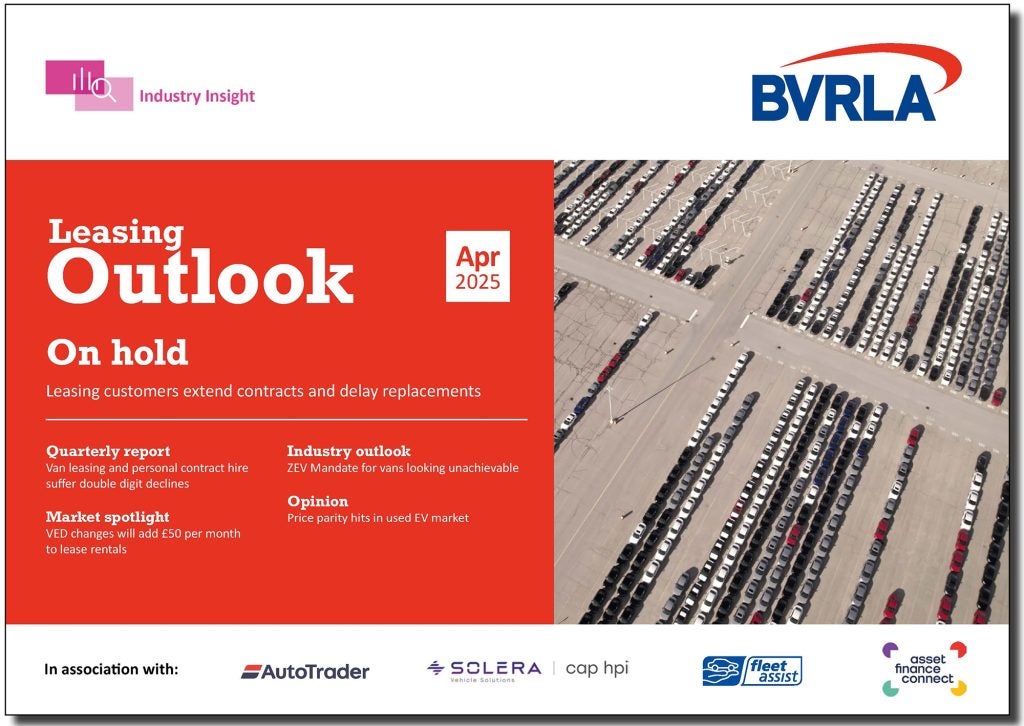
Subprime lending has a controversial history – and a lot of bad press, but a closer look reveals a well-performing sector driven by precise risk analysis. Chris Farnell speaks to three lenders who are active in the field to assess their opinions and methodologies
The term ‘subprime’ is one that rings alarm bells for a lot of people. In many ways we are still recovering from the after-effects of the subprime mortgage crisis 10 years ago, and last year there were many alarmist headlines talking about car loans being the “new subprime”.
This has led to many in the sector trying to distance themselves from the term, but the reality is very different from the scare stories.
“We do not regard ourselves as subprime, preferring ‘non-prime’, but we are in the subprime umbrella, I suppose,” reflects Guy Thompson, managing director of Advantage Finance.
“I think the press need to understand that we’re highly regulated by the Financial Conduct Authority and therefore a lot of the things we do now in terms of how we lend and who we lend to, complies with the regulators; we want our money back.”
“I think there is a move away from subprime and we have been trying to improve the quality of our customer by between five and ten percent over the last year,” agrees Oliver Mackaness, director of Billing Finance.
“The level of our bad debts has crept up by five to ten percent, and I would rather not be writing off deals, but you then price your finance accordingly.”
But despite some efforts to disassociate with or move away from subprime, and the unwanted connotations that come with it, the market itself has been performing well. Simon Bailey, director of sales and marketing at Moneybarn, points out: “From a business standpoint it has been strong. There has not been a systemic change in appetite, either generally or from lenders. The customer profile has not really changed. The customers we are getting in today are similar to the ones we had the year before.”
Fulfilling a Need
The fact is, alarmist headlines aside, subprime, non-prime or near-prime car finance – whatever you want to call it – is playing an essential role in the automotive market.
“We have spoken to various banks and they would love us to just be writing prime business. Not everyone can qualify for prime debt, so there is still going to be a place for us,” Mackaness explains. “Affordability is key, but it is so hard when people’s circumstances change six to twelve months into an agreement. People in the lower-wage or subprime category have not got jobs for life; they are more dispensable, which makes it hard to stay within the prime sector.”
“Our customer may change but the business won’t,” Bailey points out. “Some of our existing customers may not be customers tomorrow. And near-prime customers today may be non-prime tomorrow.”
As Thompson points out, the subprime market of today is a million miles from the practices that led to the crisis in the mortgage sector. “My market is about differentiation, affordability tests, bespoke credit scoring systems, strong retro-analysis and so on,” he explains.
“In a way you are always looking to mitigate. We decline roughly 80% of our applicants. Some might argue if you decline 80% you are not really a subprime lender, because they will go on to be lent to by other lenders, but you are trying your best to find customers who genuinely want to pay.”
In the aftermath of the mortgage crisis, some press painted the crash as being the fault of customers, irresponsibly borrowing money they could not pay back to buy things they could not afford. However, this could not be further from the profiles of most subprime customers.
“The teacher who had a County Court order for not paying water rates four years ago, if they went to the bank or a subsidiary offering very-low-interest-rate loans, they would fail on their credit system, but that does not make them a bad payer because they have no other negative debt,” Thompson says. “On balance, most customers will pay you really well, but that does not fit into the bad press.”
Often the subprime market is simply about removing obstacles, while remaining fair to the customer.
“For example, we have made a conscious effort from January this year to waive all fees. We no longer charge any document fees, letter fees, or purchase fees. The APR we charge is very transparent and they are not going to be charging any more for their agreement, regardless of what goes on in the future,” says Mackaness.
“We are trying to be more transparent with customers. Our theory is that if people are struggling to pay, they will struggle to pay fees and there is no point making a situation worse.”
Calculated Risk
Of course, that does not mean that everyone in the sector is perfect, and there is always room for improvement. As Thompson points out: “I’m not sure everyone in the market understands risk modelling.”
Advantage Finance has 20 years of modelling risk, and Thompson believes that doing so to the required level of detail and complexity is the key to finding customers who will repay their debts.
“Say we take 25% of your earnings and say ‘that’s what you can afford to pay us a month’,” he says by way of example. “But then if I check your credit rating I might see you have got 100% of your earnings going out the door every month already, so you have no money left to buy a car. Your credit rating’s good because you are paying all your debt, but if I lend you £200 or £300 a month, I will tip something over the edge. The more complex the affordability test the better it is, and many lenders have not yet got that level of expertise.”
Modelling risk, fundamentally means having enough data to inform your predictions.
“We have the benefit of the biggest balance sheet in the industry to measure trend movements. So we can measure down to introducer level, but we will also measure Delphi scores on a monthly basis,” Bailey says. “We can look at whether we are getting more customers in the riskier tier or fewer in our top tiers. Our credit officers can look at it from a risk standpoint, and I can look to see if something is changing in the marketplace to drive this.”
Seeking out and using that data is a growing trend across the sector, as Mackaness points out: “Billing Finance used to manually underwrite all our deals and we didn’t have a credit score on individuals.
“As of April last year we have introduced credit scores, so for us that’s been quite a big change. We now have a minimum credit score that we will accept having done some risk analysis.”
Playing Fair
Something that definitely has not been reflected in the media coverage of the sector is how much subprime lenders work to ensure they’re treating customers fairly, even when that means turning customers away or offering them less than they would like.
“Personally, I think you need to be open and honest with your customers. We are more expensive than other people but we do not hide that, and we do not have any hidden extra costs,” Mackaness says.
“Transparency is essential. You need to be brave enough to say to your customer they can’t afford a £12,000 car, but we can give you a credit limit for £5,000 car.”
Thompson is very clear about how the subprime market should not function: “If you take a range between zero and 1,000 on a credit score, I could simply say that anything over 500 is a yes,” he says.
“That’s totally the wrong way of doing it, but you could do it. There will be good customers in the 500-600 range, but the majority won’t be that good. The possibility of getting bad customers at the lower end is higher, so you need to mitigate. How do you do that? You charge them very high interest rates.”
While it sounds simple enough in theory, Thompson points this is not good for the customer, or the business.
“My problem is, firstly, that it is not fair, and secondly, it is a race to the bottom because you are lending to people who obviously can not afford you; we have seen a lot of that through payday lenders for example,” Thompson explains.
“To me it is all about making sure you do not go too far down the risk ladder, and making sure you remain compliant, under affordability and sustainability rules. Providing you do that, you will be good.”
Bailey adds: “The non-prime market is interesting. It keeps relatively strong in any circumstances, so long as you do not take risks you shouldn’t be.”







